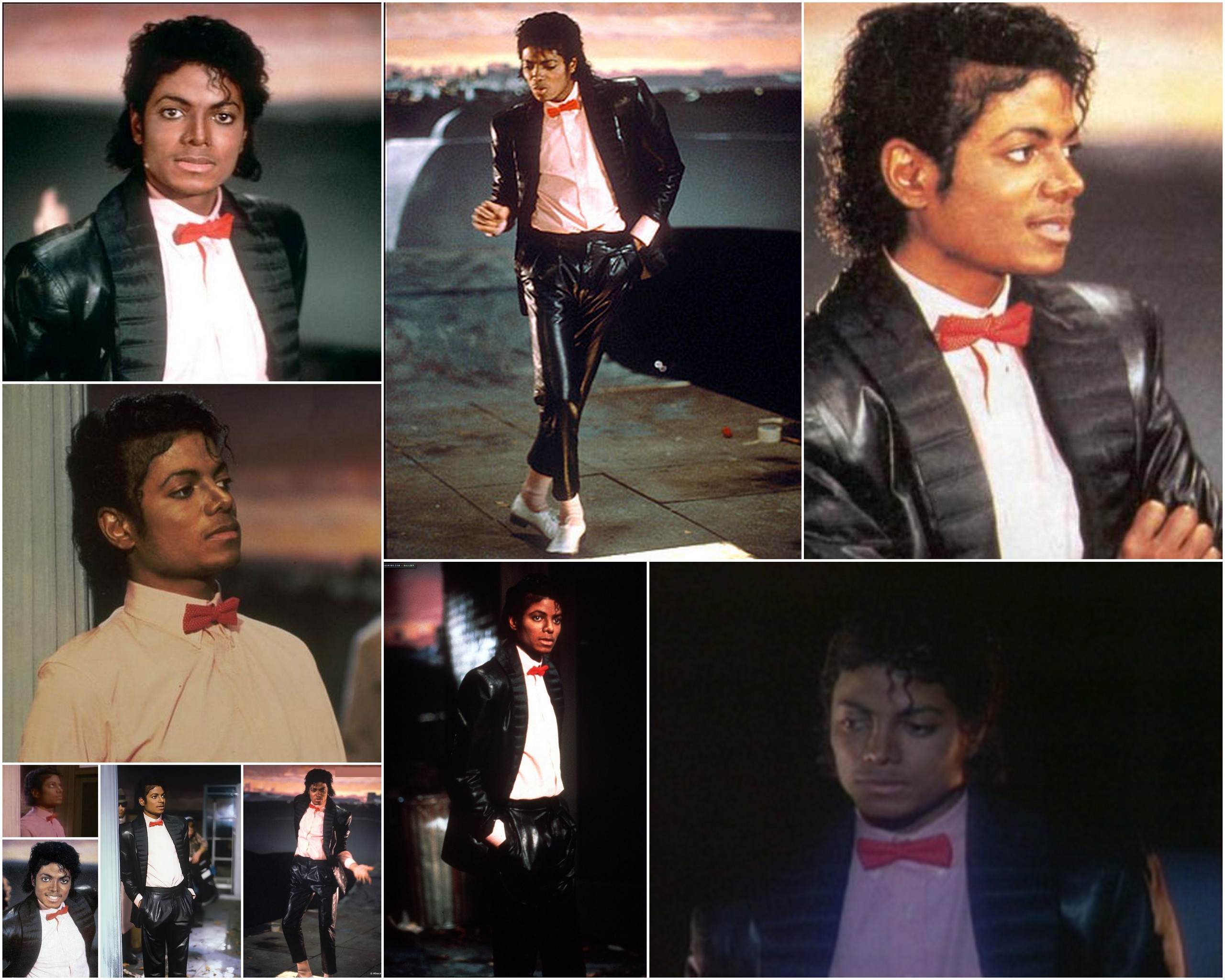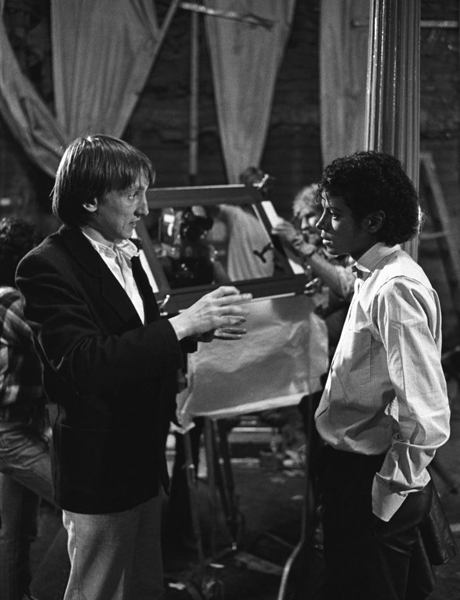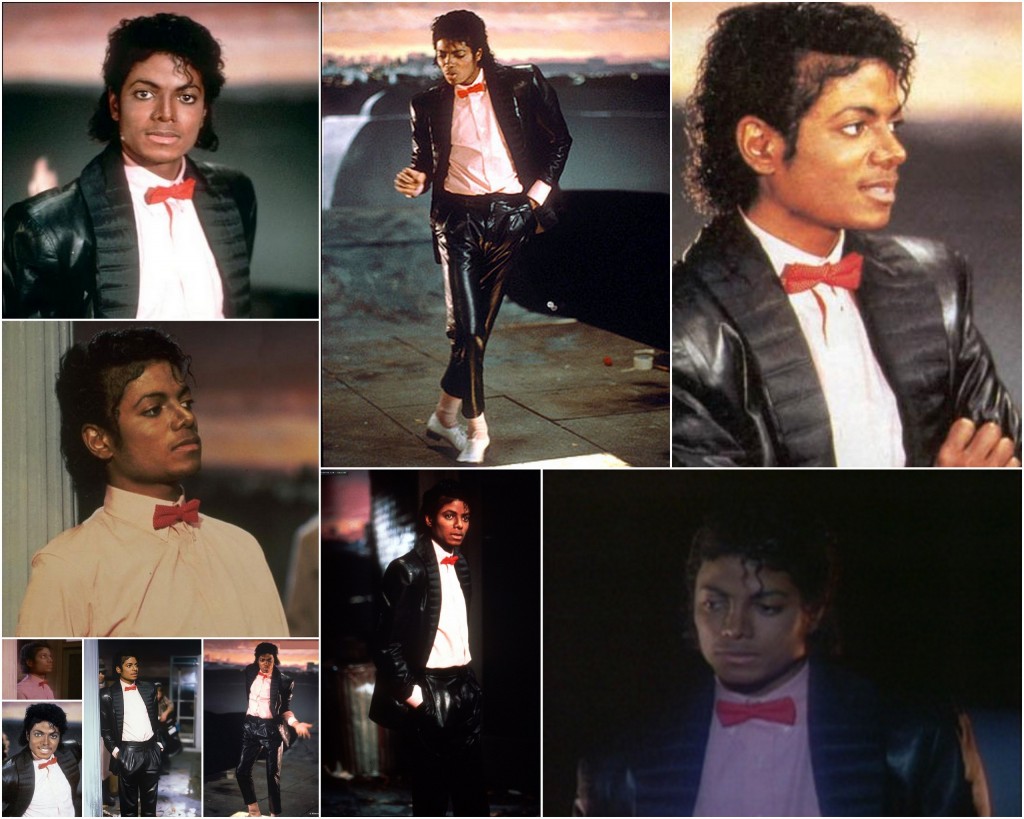
Good Morning POU!
When MTV launched, in 1981, it was an outlet for something that barely existed: The channel had about a hundred videos in its inventory, mostly by marginal or unpopular British and Australian bands. But it soon became the sun around which popular culture rotated. The MTV aesthetic during its golden age of 1981 to 1992—quick cuts, celebrations of youth, shock value, impermanence, beauty—influenced not only music but network and cable TV, radio, advertising, film, art, fashion, race, sexuality, even politics.
During its first two years, MTV had marginal success with luring advertisers and viewers to the fledging channel, but that changed dramatically in 1983. Not only did one person single-handedly knock MTV into the big boys of influential cable channels, he integrated the network against its own will and saved their asses.
Promo for the launch of MTV in 1981
It wasn’t long before the public took note of the glaring absence of African-American artists. MTV was called to task on the air in 1983 for its lack of black artists by none other than David Bowie. At about the same time, MTV famously refused to air Rick James’ “Superfreak” video. It defended itself by claiming it wasn’t a rock song.
Released Jan. 2, 1983, the single by Michael Jackson, Billie Jean, would go on to top the Billboard 100 chart for seven weeks, but CBS Records Group President Walter Yetnikoff had to threaten to remove all other CBS videos from MTV before the network agreed to air the video for “Billie Jean,” reported Rolling Stone.
Susan Blond, of CBS Records recalled: I brought this amazing video to MTV, and they said, basically, “This doesn’t fit onto our network.” I first met Michael when he was a kid, and he was obsessed with the Osmonds—they were getting more coverage because Michael was black. This had been a major thing with Michael—his whole life, he had been excluded from the media because he was black.
Michael on the set for Billie Jean

The former president of CBS Records, Walter Yetnikoff, remembered with scorn that MTV would not play “Billie Jean” or “Beat It” because it billed itself as a rock station.
Looking back on that era, a 1991 Los Angeles Times article quoted MTV founder and then-CEO Robert Pittman as saying the channel’s format didn’t lend itself to other musical styles, including R&B and country. And Pittman accused his critics of attempting to impose their musical pluralism on the channel’s die-hard rock fans.
But Yetnikoff threatened to pull videos of his other artists unless MTV played Jackson’s videos. He became enraged when MTV refused to play the video, and threatened to go public with MTV’s stance on black musicians. “I said to MTV, ‘I’m pulling everything we have off the air, all our product. I’m not going to give you any more videos. And I’m going to go public and fucking tell them about the fact you don’t want to play music by a black guy.'”
David Benjamin, was Associate General Counsel at CBS Records during this time. “I helped negotiate our contract with MTV, and there was a clause that allowed us to pull all our videos on 24 hours’ notice, in case we hadn’t negotiated the proper clearances with our acts. We hadn’t intended it, but that clause gave us a heavy hammer to wield.”
It’s important to note that MTV’s embrace of “Billie Jean” wasn’t just a cultural breakthrough. The music channel might not exist today had it not changed its tune on black music.
“It’s not enough to say the Thriller videos forced MTV to integrate,” Tannenbaum insisted. “Michael Jackson helped save the network from being shut down. MTV executives had expected to lose $10 million before they showed a profit. The network quickly lost $50 million, and its parent company was prepared to shut down MTV and call it quits. Jackson’s three Thrillervideos came out in 1983. In the first three months of 1984, MTV had their first quarterly profit. Ironically, MTV was rescued from failure by a musician who didn’t fit the channel’s original ‘rock ‘n’ roll-only’ format.”


